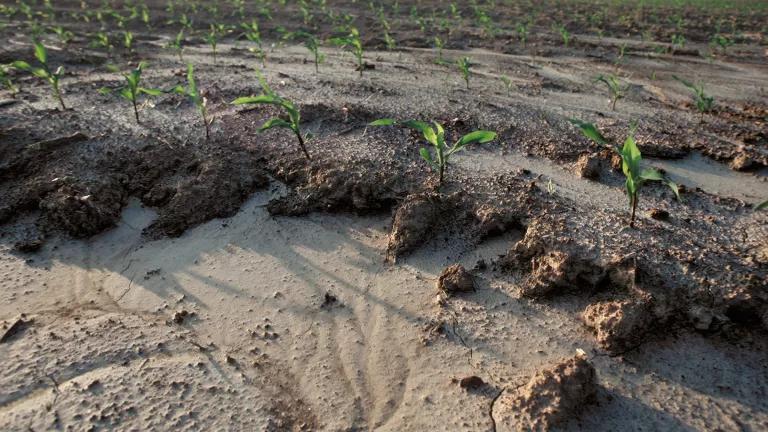
As Australia grapples with the challenges of environmental conservation, the need for effective erosion control solutions grows by the day. Erosion, a natural process accelerated by human activities, poses a significant threat to the country’s land, ecosystems, and infrastructure. To safeguard natural resources and promote a sustainable future, implementing comprehensive erosion control measures is crucial. Keep reading to find out the importance of erosion control and discuss innovative solutions tailored to the unique Australian landscape.
What is land erosion?
Erosion is a process where soil, rocks, and other natural materials are gradually worn away by wind, water, or human activities. It can be compounded by factors like deforestation, bad land management practices, and climate change. Australia, with its diverse terrain and climatic conditions, is particularly susceptible to land erosion. From coastal areas experiencing intense wave action to inland regions facing water runoff during heavy rainfall, erosion affects various parts of the country.
To effectively combat erosion, it is essential to adopt a holistic approach that combines engineering techniques, sustainable land management practices, and vegetation strategies. Widely used erosion control solutions are the implementation of erosion control blankets. These blankets are made from biodegradable materials and provide a protective layer over the soil, preventing erosion while allowing vegetation to establish firm roots that bind the soil together.
Another effective erosion control method is the use of retaining walls and terraces. By constructing these structures in areas prone to erosion, the force of water runoff is redirected, minimising soil loss and protecting valuable land. Also, retaining walls can be designed using eco-friendly materials such as recycled timber or concrete, ensuring sustainability while enhancing the aesthetics of the landscape.
In Australia, where drought conditions can cause land erosion, implementing water management systems is an important part of a solution. Strategies like rainwater harvesting, the creation of retention ponds, and the installation of permeable paving can help minimise runoff, preventing erosion and promoting water conservation. These solutions not only address erosion concerns but also contribute to sustainable water usage and mitigate the impact of droughts on the landscape.
Promoting vegetation and biodiversity is a vital component of erosion control. Native plants play a crucial role in stabilising soil, preventing erosion, and providing habitat for local wildlife. Employing sustainable land management practices like reforestation initiatives and the use of native plant species, helps preserve Australia’s unique ecosystems while mitigating land erosion risks.
To encourage the widespread adoption of erosion control solutions, it is essential to raise awareness among landowners, local communities, and government bodies. Providing educational resources, organizing workshops, and offering financial incentives can incentivise individuals and organisations to implement erosion control measures. Collaboration between environmental agencies, engineering firms, and local communities is key to successfully combatting erosion and preserving Australia’s natural habitat.
Erosion control solutions are crucial for safeguarding Australia’s land, ecosystems, and infrastructure. By employing a combination of engineering techniques, sustainable land management practices, and vegetation strategies, we can effectively address erosion challenges. With increased awareness, collaboration, and the implementation of innovative erosion control measures, we can pave the way for a sustainable future and protect Australia’s natural beauty for generations to come.



